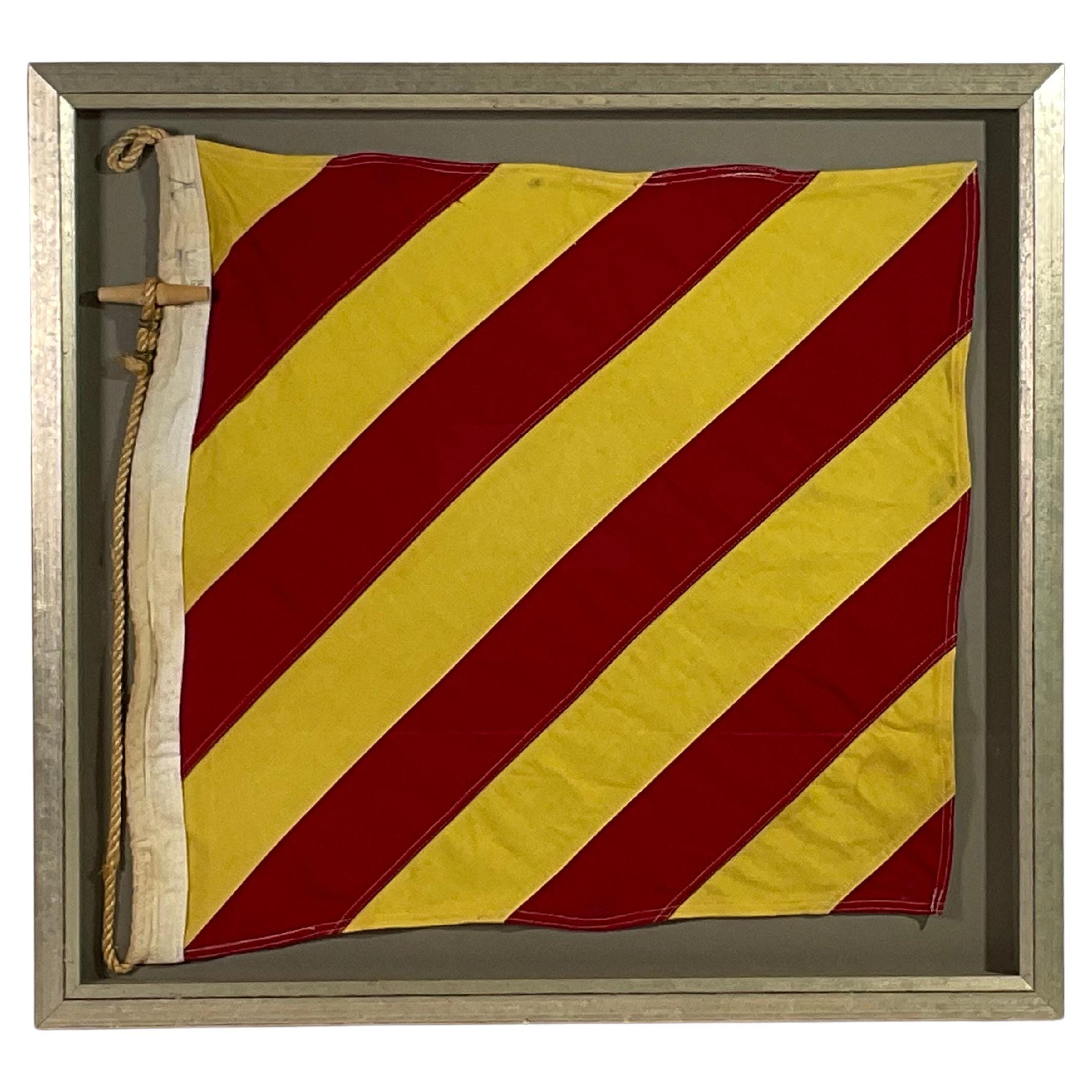Unmasking Ostentation: Is It Always a Sign of Hypocrisy?
Have you ever encountered someone who seems a little too perfect? Designer clothes, a luxury car, a social media feed overflowing with exotic vacations and lavish dinners—and perhaps a tendency to name-drop and brag about their accomplishments. This, my friend, is likely ostentation in action, a waving flag signaling something deeper. As Edwin Hubbel Chapin, a 19th-century clergyman, famously stated, “Ostentation is the signal flag of hypocrisy.” But what did Chapin truly mean, and is ostentation always a sure sign of hypocrisy?
Ostentation isn’t simply about displaying expensive items. It’s about using those displays—whether of wealth, intellect, or even piety—to construct a carefully crafted image, one that may mask a different reality. It’s trying too hard to impress, projecting an aura of superiority when, underneath the surface, insecurity and a craving for validation might reside. It’s a magnificent facade built on a potentially shaky foundation. This might explain why some people feel uneasy around those who exhibit ostentatious behavior. It creates a barrier, making genuine connection difficult. Who wants to be friends with someone who’s constantly bragging or trying to one-up them?
The Psychology of Showing Off: Why Do People Do It?
The psychology behind ostentation is complex. Some experts believe it often stems from a deep-seated feeling of inadequacy. In a world that frequently measures worth by external markers—income, possessions, social connections—those who feel they don’t measure up might overcompensate with dazzling displays. They attempt to fill an inner void with external trappings: a new car, designer accessories, a meticulously curated Instagram feed. They hope these outward symbols of success will bring self-worth, but that rarely happens. Instead, it can lead to a cycle of seeking ever more extravagant displays to quell the lingering feeling of emptiness.
The rise of social media has probably amplified this tendency. “Influencer culture” pressures individuals to present a flawless, idealized version of themselves. We’re constantly bombarded with images of seemingly perfect lives, fueling feelings of inadequacy and prompting us to engage in our own forms of ostentation. We may feel compelled to keep up appearances, to project a certain image for acceptance or admiration. Discover how officiating signals in volleyball play a similar role in projecting fairness and control within a structured environment. They communicate, like ostentation, but with a different intended purpose.
What Does Ostentation Really Signal?
We’ve touched on how ostentation manifests, but what does it truly signal? Chapin’s powerful analogy of the “signal flag of hypocrisy” suggests a deliberate attempt to deceive. The flag, meant to be seen, announces something, but in this case, it’s a smokescreen obscuring what lies beneath. Think of someone constantly boasting about designer labels, expensive cars, or exotic travels. Are they genuinely content, or are they trying to convince themselves and others of their worth? It’s as if they’re waving a flag to distract from crumbling castle walls.
Of course, enjoying nice things doesn’t automatically equate to ostentation. The motivation behind the display is key. Is it about genuine enjoyment or a quest for validation and admiration? Some experts suggest that true happiness and fulfillment are more likely found in authenticity and genuine connection than in outward displays of material possessions or accomplishments. It’s not about rejecting these things; it’s about shifting focus from what we have to who we are.
| Feature | Description |
|---|---|
| Ostentation | The showy display of possessions, achievements, or qualities, often designed to impress others. |
| Signal Flag | A visible indicator of a particular meaning or situation. In this case, it may signal hypocrisy. |
| Hypocrisy | The practice of claiming to have moral standards or beliefs that one’s own behavior doesn’t reflect. |
| Chapin’s Argument | Ostentatious displays may mask a lack of genuine virtue and serve as a distraction. |
Who Was Edwin Hubbel Chapin, and What Did He Mean?
Edwin Hubbel Chapin (1814-1880), a prominent preacher and social reformer, coined the phrase “Ostentation is the signal flag of hypocrisy” in his 1860 book, Extemporaneous Discourses. His words resonate even today, suggesting that excessive showing off might be an attempt to cover up something else. It’s a distraction, a glittering flag diverting attention from potential flaws or insecurities. Chapin, known for his powerful oratory and social activism, linked outward displays to a deeper disconnect between professed values and actual behavior.
Chapin’s quote challenges us to look beyond the surface. While we shouldn’t automatically label every instance of showing off as hypocrisy, his words encourage us to question the motivations behind extravagant displays. Is there more than meets the eye? The intricate symbolism within the Omega Psi Phi Fraternity shield, for example, reminds us that outward symbols can hold layers of meaning, some more apparent than others. Like ostentation, symbols can both reveal and conceal.
| Characteristic | Ostentation | Genuine Pride |
|---|---|---|
| Motivation | Seeking external validation | Internal satisfaction |
| Focus | Outward appearances | Inner values |
| Effect | May alienate others | Fosters genuine connections |
| Example | Exaggerating achievements | Sharing accomplishments to inspire |
Decoding Signals: What Does “Flag Signal” Mean?
Chapin’s use of “signal flag” is a powerful metaphor. A flag on a ship communicates a specific message. Similarly, ostentation conveys a message, although often a misleading one. It proclaims success and importance, but may actually signal insecurity and a need for external validation. It’s a plea for recognition rather than a genuine expression of self.
“Flag signal,” in a broader sense, refers to any action, object, or behavior that conveys a message or reveals information. This can range from literal flags used in maritime communication to subtle cues in social interactions. “Red flags,” for instance, are warning signs in relationships or situations, signaling potential problems. Body language—facial expressions, posture, gestures—can also function as “flag signals,” conveying emotions and intentions. Even choices like clothing or car brands can act as social signals, conveying messages about status and belonging.
The study of signals and their interpretations is ongoing. Researchers are constantly exploring the nuances of human behavior and the complex ways we communicate, consciously and unconsciously. While current research suggests a link between ostentation and underlying psychological needs, our understanding continues to evolve. Future studies may reveal further complexities and offer a more complete picture of this fascinating aspect of human interaction. It’s an area ripe for continued exploration.
By understanding the multifaceted nature of signals, we can navigate social interactions with greater awareness. Recognizing the potential disconnect between outward displays and inner realities can help us foster more authentic connections built on trust and genuine understanding. It allows us to look beyond the surface and appreciate the rich tapestry of human motivations and behaviors.
- Star Ring Trends: Etsy vs Amazon - March 28, 2025
- Boost Pollinator Habitats: Baby Blue Eyes Sustainable Farming Guide - March 28, 2025
- Protect Big Black Bears: Effective Conservation Strategies - March 28, 2025

















1 thought on “Ostentation Is the Signal Flag of Hypocrisy: Decoding the Message”
Comments are closed.